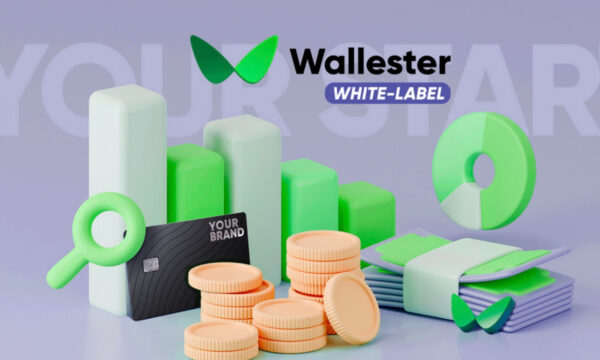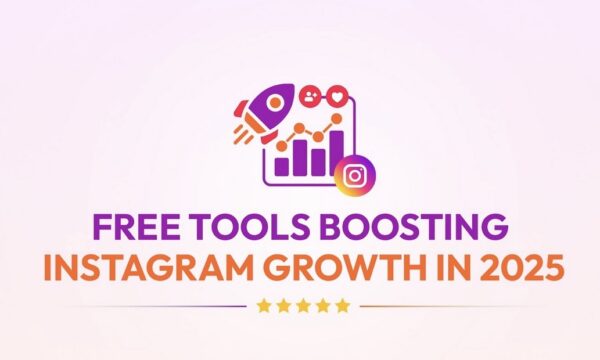How gaming rewards have evolved in the last five years

Since 2020, the landscape of online gaming has changed dramatically in how rewards, incentives, and player retention strategies are structured. Developers and publishers have adapted to tighter platform policies, rising competition, and a shift towards mobile-first engagement. This article explores how in-game and platform rewards have evolved and what players can expect in 2025 and beyond.
It is important to recognise that rewards are one of the primary ways publishers attract and keep players. They can take many forms, from welcome packs for new users to loyalty systems for long-term engagement. The central goal is simple: provide additional value that keeps players active, encourages progression, and strengthens attachment to the game or platform.
Gaming rewards: Then vs now (2020–2025)
The concept of giving players rewards has long been central to digital gaming. Initially, these were straightforward methods to incentivise sign-ups or early engagement. Five years ago, the most common examples were starter packs, pre-order bonuses, and simple daily login rewards.
By 2025, platforms and publishers such as Epic, EA or even onlinepokiesmates.com now offer a wider spectrum of incentives, from cosmetic bundles and battle pass credits to cross-game perks and event-based rewards. Promo codes, in-game credits, free skins, experience boosts, and early access trials are among the most popular offers. Each category provides a unique benefit while encouraging ongoing participation.
Shift toward low-grind and no-grind rewards
Competition in online gaming has forced publishers to refine how they structure engagement. Increasingly, players prefer “low-grind” or “no-grind” offers – rewards that require minimal repetition or investment to unlock. Where older models often demanded dozens of hours to claim a reward, newer systems reduce the threshold, making rewards accessible without fatigue.
Types of low-grind rewards now include:
Registration bonuses
When new players create an account, they may receive starter packs containing currency, skins, or items. These incentives help players ease into the game without needing to grind heavily at the outset.
First purchase bonuses
Many platforms offer additional credits or exclusive cosmetics with a first in-game purchase. This mirrors earlier approaches but now with clearer terms and greater transparency.
Free trials or demo access
Instead of locking content behind long progress bars, some games provide free trials of premium content, allowing players to test before committing.
Welcome packs with codes
Games increasingly include limited-time packs unlocked by promo codes distributed through official channels or partner sites. These typically provide boosters, consumables, or early skins.
Reload rewards
In addition to starter packs, recurring “reload” rewards have grown common. These are incentives offered during seasonal events or special promotions, giving additional resources or cosmetics when players make repeat purchases or re-engage. The appeal lies in their immediacy: once activated, rewards are credited directly without requiring long challenges or progression gates.
No-entry rewards
Similar to no-deposit concepts in other industries, gaming platforms increasingly provide special rewards that require no purchase at all. These might take the form of free season pass tiers, trial weekends, or item drops earned simply by linking accounts or logging in.
Advantages of no-entry rewards include:
The ability to enjoy premium content without upfront cost
Opportunity to explore multiple modes or features before committing
Space to test mechanics and improve strategies without long-term investment
Added chances to unlock cosmetic rewards without payment barriers
Rise of personalised and loyalty-based systems
By 2025, loyalty systems have become highly sophisticated. Rather than simple point collection, loyalty is now tied to full gamification frameworks. Players level up through achievements, challenges, and daily activities.
Completing objectives such as finishing seasonal missions, competing in tournaments, or engaging regularly with community events grants exclusive perks. These can include priority access to servers, unique cosmetic drops, or personal account managers for top-tier spenders. The system feels closer to a progression-based game mode than a traditional rewards scheme.
Community influence and platform-driven changes on rewards
The evolution of gaming rewards has not been shaped solely by publishers. Community feedback and platform-holder policies have also forced major changes in how rewards are designed and delivered. Over the last five years, players have increasingly voiced concerns about systems that felt exploitative, overly randomised, or too reliant on excessive grind.
In response, platforms such as Steam, Xbox and PlayStation have introduced clearer guidelines around reward transparency. For instance, games are now expected to disclose drop rates for randomised items, while many publishers voluntarily highlight what is guaranteed in a reward track or event pass. Developers are also leaning into more predictable structures, shifting emphasis away from chance-based systems and towards skill-based unlocks, activity milestones and seasonal progression.
These shifts aim to reduce frustration, create fairer playing fields and ensure that rewards feel meaningful without demanding unsustainable levels of investment. While the thrill of chasing rare items remains, the focus in 2025 is on balance – offering rewards that keep players excited while respecting their time and expectations.
Mobile-first rewards and app exclusives
Another strong trend in 2025 is the rise of mobile-first rewards. With mobile devices now the primary way many people access digital content, there have been a number of adjustments, and publishers are investing heavily in mobile-exclusive incentives.
Common examples include rewards for downloading companion apps, login bonuses tied specifically to mobile platforms, or exclusive cosmetic bundles available only via mobile storefronts. Some platforms also offer extra incentives for topping up balances or making transactions through mobile versions of their stores.
The advantage is clear: publishers not only encourage app adoption but also extend engagement beyond traditional platforms.
What to expect from gaming rewards beyond 2025
Looking forward, several trends are expected to shape gaming rewards further:
Lower grind, smaller rewards
Just as current systems have shifted towards accessibility, future models are expected to offer lower effort thresholds. However, the value of individual rewards may also decrease to balance accessibility.
Integration of blockchain and digital ownership
While still controversial, blockchain-based items and tokenised skins are likely to grow in some corners of the industry. These will provide transferable or resellable ownership, expanding the concept of a reward beyond a single game.
Greater personalisation
Expect more choice in how rewards are redeemed. Instead of being locked to a specific cosmetic or mode, players may be able to select which character, weapon, or environment receives the benefit.
Cross-platform and ecosystem rewards
Rewards will increasingly span multiple games or platforms within a publisher’s ecosystem, providing added value across services rather than within a single title.
The editorial unit

























Facebook
Twitter
Instagram
YouTube
RSS